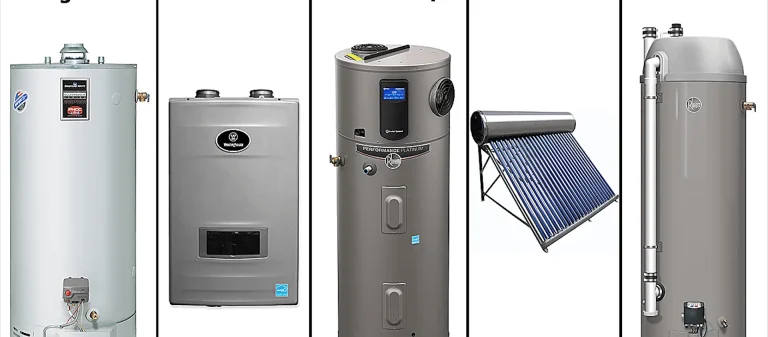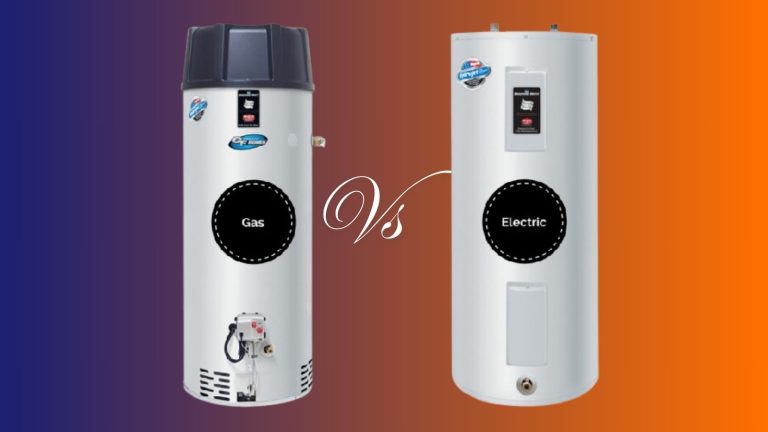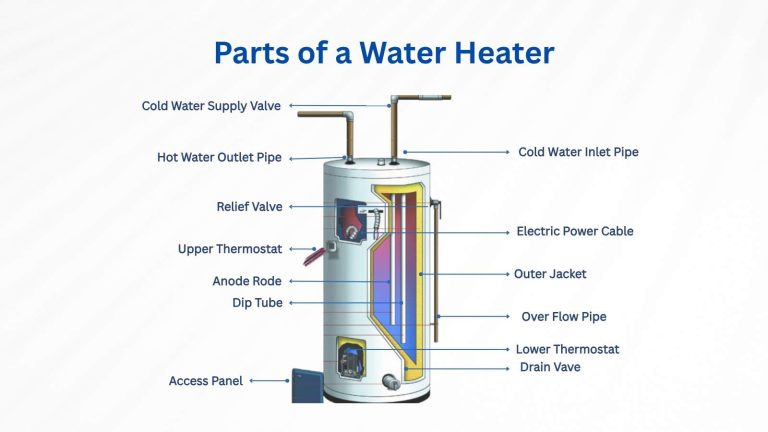How to Flush a Water Heater – Quick & Easy Guide in 2025!
No matter if you have an electric tankless water heater, a gas water heater or a traditional hot-water tank, frequent flushing can prolong the life of your heater as well as increase efficiency in heating and provide reliable, clean hot Water. In this article, you’ll discover how to flush a water heater in a safe manner, the reasons it’s important, and the procedures to be followed.
Why Do Water Heaters Need Flushing?
The water heater in your home is a vital appliance that provides heat for dishes, showers, laundry, and much more. As time passes, sediment from particles and minerals accumulates at the bottom of the tank. This decreases the effectiveness of the water heater and could cause damage or even failure of the system. Flushing aids in the removal of the mineral deposits and restores the heater’s functions.
Failure to clean the water heater on a regular basis could result in reduced hot Water and noisy operation, as well as longer heating times and higher bills for energy. The water heater can also be damaged by the drain valve and decrease the lifespan that the heater will last..
How Often Should You Flush a Water Heater?
One of the most frequent questions homeowners ask the following question: How often should you flush your water heater? Experts recommend doing a flush on a water heater regularly. Clean your water heater tank. At least once per year. If your region has the hardness of your water supply, you might have to flush your tank every 6 months to avoid the accumulation of sediment.
The more often you do maintenance, the less likely it is that you’ll face issues like blocked valves or a malfunctioning relief valve. Regular maintenance will ensure that you’re warm Water is always reliable.
Signs Your Water Heater Needs to Be Flushed
You’re wondering if your electric water heater requires being flushed regularly to maintain optimal performance. Be aware of these warning indications:
- You will get lower temperatures than you would normally.
- It’s like the Water is boiling, so be cautious when using the hot water faucet. But it has a metallic smell or appears old-fashioned.
- Strange sounds (popping or rumbling) emanate from the electric water heater. Lower part of the tank.
- It appears that the hot water tank was never cleaned, which can lead to issues in your gas water heater. Prior to that.
- If any of these sounds unfamiliar, it may be time to clean your heater.
What Tools Do You Need to Flush a Water Heater?
Before beginning, you must gather all the tools and equipment:
- Use a garden hose to drain the tank efficiently.
- Access to a bucket or an area drain
- Gloves (optional to ensure safety)
- It is possible to access the drain valve and the Cold-Water supply valve.
If you’re working with a gas line water heater, an electric water heater, as well as a tankless water heater, the preparation is crucial.
Steps to Flush a Water Heater Safely
Step 1: Turn Off the Water Heater
Suppose you have an electrical water heater; shut off the power at the breakers. If you have gas heaters, turn off the power. Propane heater, you must change the temperature on the “pilot.”
Step 2: Turn Off the Cold-Water Supply
Find the cold-water source valve, and switch off the supply of Water before you start to drain the Water from the heater. Through the heater. This prevents further Water from getting into the tank while you clean your water heater. Take it out. It.
Step 3: Connect the Garden Hose
Connect the garden hose to the drain valve situated in the lower part of your water heater. Connect the hose to the floor drain or bucket.
Step 4: Open the Drain Valve
Take care to turn off the drain valve and remove the Water from the tank. Be careful, the water pressure can increase unexpectedly. The Water is boiling.
Step 5: Open a Hot Water Tap
To ease pressure and let the tank drain completely, open the hot water tap.
Step 6: Flush the Tank
After the draining, turn on the cold-water supply for a couple of minutes to rid the tank of any remaining water. If the Water is clear, shut off your drain valve.
Step 7: Close the Drain Valve and Refill
Stop the draining valve and switch off the faucet, then turn on the valve to supply Water to fill the tank. Allow it let the tanks’ Water to be filled before turning off the water supply valve.
Tips on How to Flush a Tankless Water Heater
To clean the tankless heater, make sure you follow the water heater’s instructions. However, here are the essentials:
- Switch off the power and shut off your water shutoff valve..
- Connect an electric pump to the control valve of the heater.
- Use a descaling agent throughout the device for approximately 45 minutes.
Tankless models aren’t able to store Water; however, they create sediment, which decreases the pressure of Water and can affect the efficiency of your electric water heater, as well as its effectiveness.
What Happens If You Don’t Flush Your Water Heater?
If you don’t remove the water tank, sediment will accumulate at the bottom. If neglected, minerals will become hard, damaging the electric water heater’s components. Drain the tank along with the heating element. It could result in:
- Reduction in the output of hot Water running through the system.
- Noisy operation
- Overheating
- Leaks and corrosion
At some point, the time comes to replace the water heater completely, which is much more costly than regular maintenance and washing of the water heater.
How to Flush a Water Heater Myself
Yes, many homeowners prefer to. It is important to clean your water heater at least once a year. Themselves. This saves money and takes between 30 and 60 minutes. Make sure to:
- Check out the manual for the water heater.
- Make sure you shut off the gas or electricity.
- Make sure to remove the water supply system.
If you’re not sure, it’s wise to consult a plumber, especially to install the installation of a natural gas-powered water system.
When to Call a Pro for Water Heater Maintenance
It is not always possible to get every problem resolved through flushing of the water heater. Consult a professional
- It appears that the water heater’s drain valves your water heater is blocked
- The Water comes out discoloured despite cleaning.
- There are water leaks within the pressure relief valve.
- You can hear a rumble or knock within the tank.
Regular cleaning and drain can help prevent some of these problems. However, it’s sometimes best to allow a qualified expert to examine the situation.
FAQs: Your Water Heater Flush Questions Answered
Q. What is the time it will take to flush a hot water tank?
A: Between 30 and 60 minutes on most models.
Q Should I shut off the water heating prior to flushing?
A: Yes. Always switch off the heater to turn off to protect yourself.
Question: What happens if the drain valve has become stuck?
A: Take care when using pliers or contact an expert. Please don’t use it to force it; instead, turn the cold-water valve.
Q: Is it normal for sediment to spill out of the Water in the tank?
A: Yes. This is precisely the thing you’ll want to get rid of from the water heater when the time comes to clean the heater.
Key Takeaways: How to Flush a Water Heater
- Flush your water heater every 6-12 months for optimal performance of the gas water heater.
- Be on the lookout for signs such as lower hot Water and odd noises for a clue to flush.
- Always shut off the cold Water and power for the gas water heater. Also, turn on the hot faucet prior to draining the Water.
- Make use of the water hose for your garden. Use a hose to the drain valve and follow the steps to drain the Water effectively. Flush and drain your electric water heater.
- Flushing reduces the formation of sediment accumulation that can damage the tank’s bottom.
- Installation of a tankless water heater requires special procedures for descaling.
- Regular maintenance can help to avoid costly repairs or the need for a fresh water heater.
How to Flush a Water Heater? Do you need assistance? Save this guide to your computer/mobile and plan the future water heater flush with a pro!



